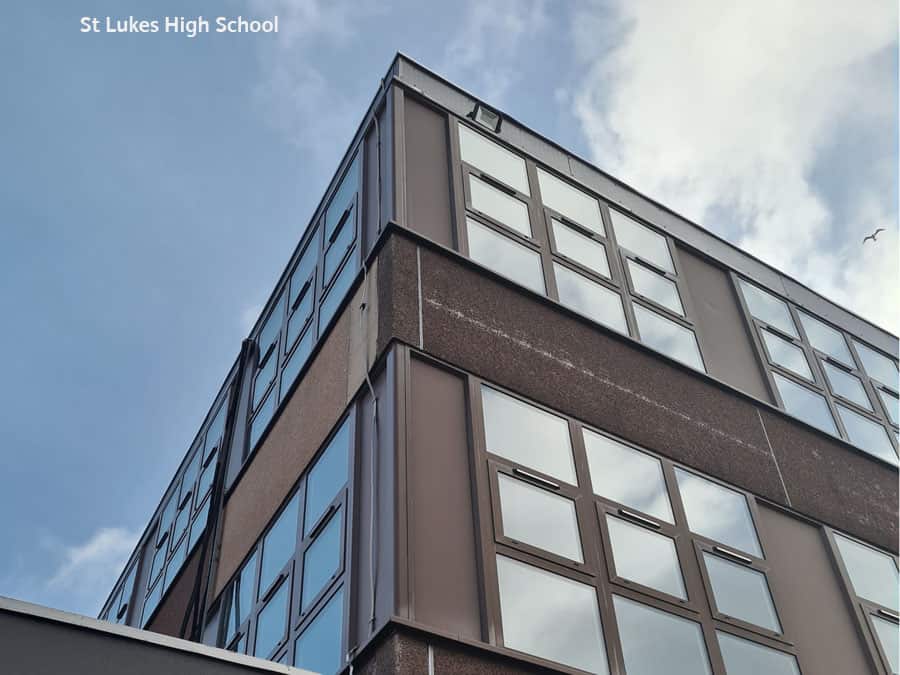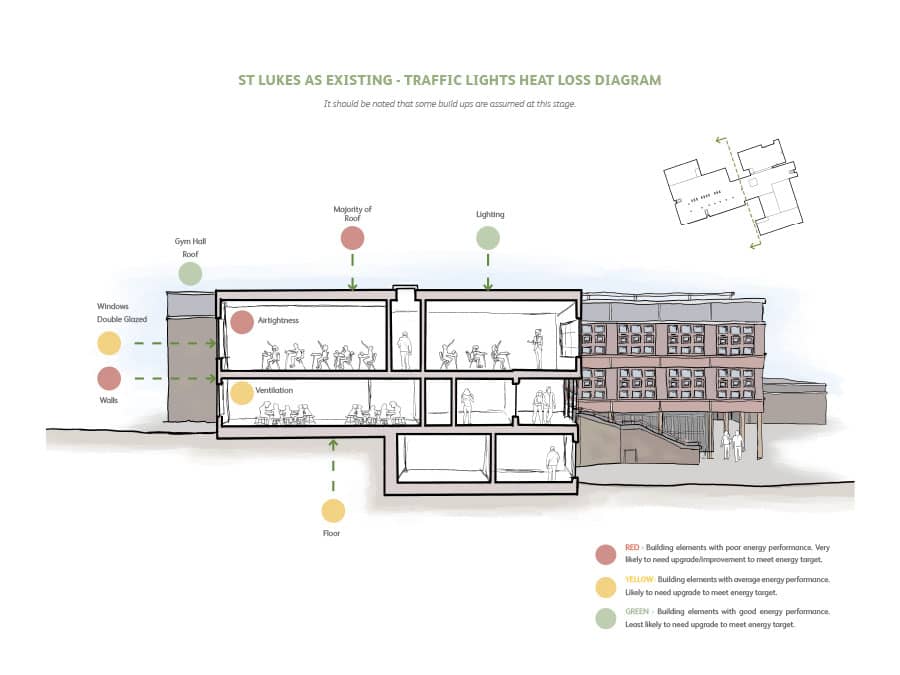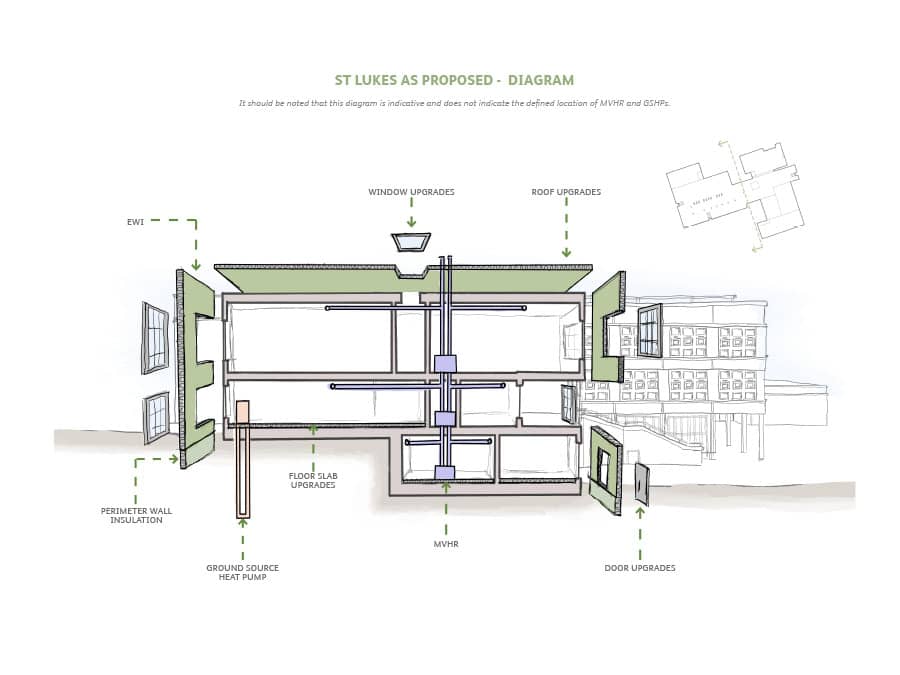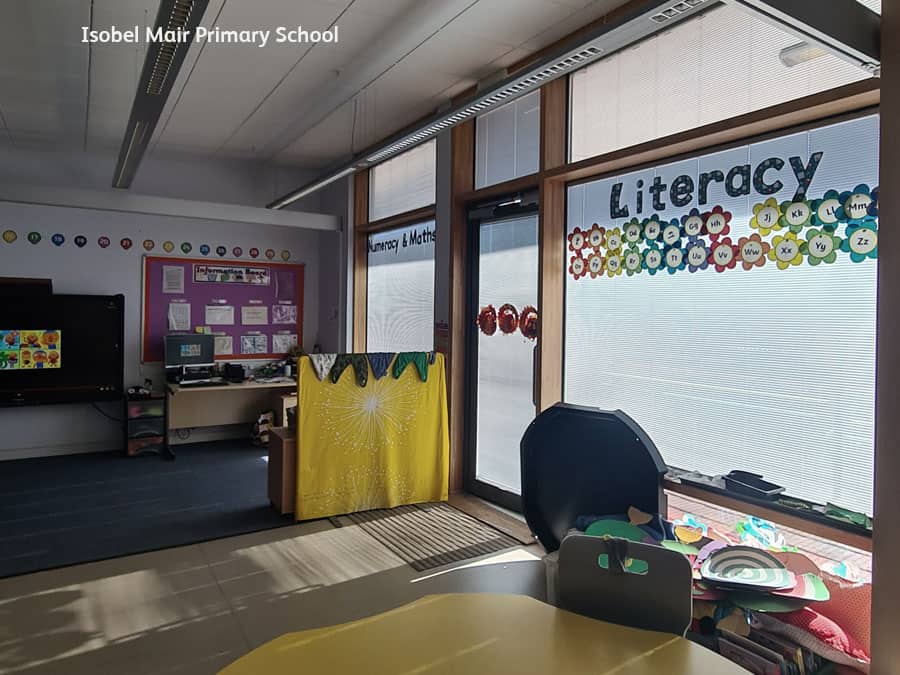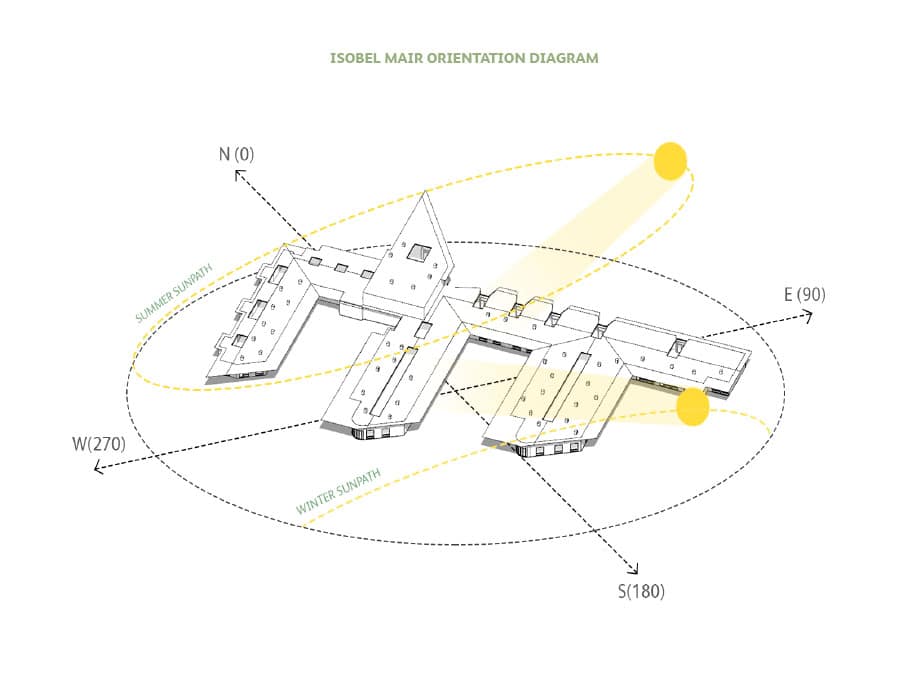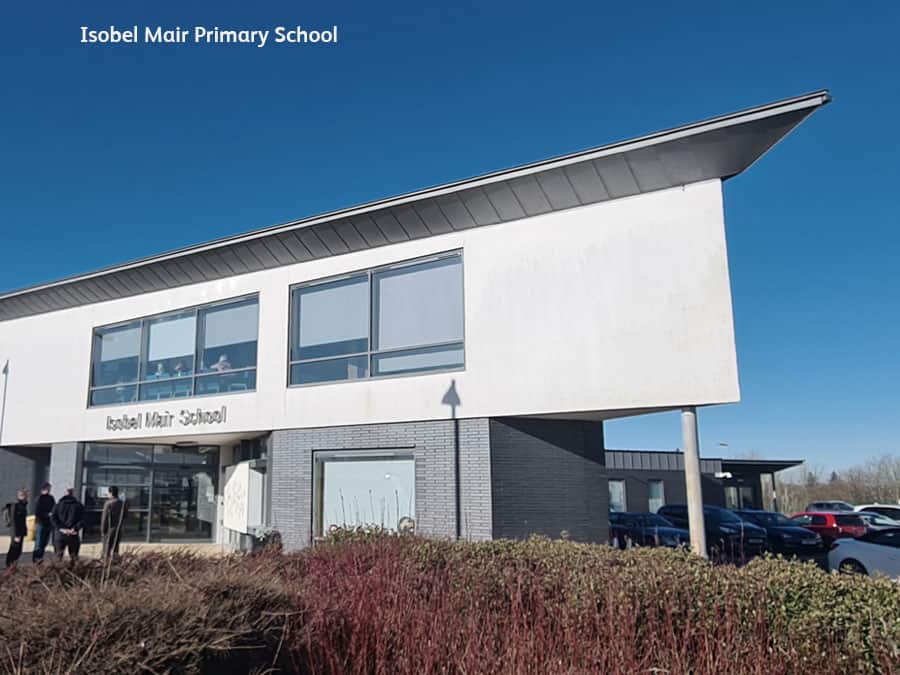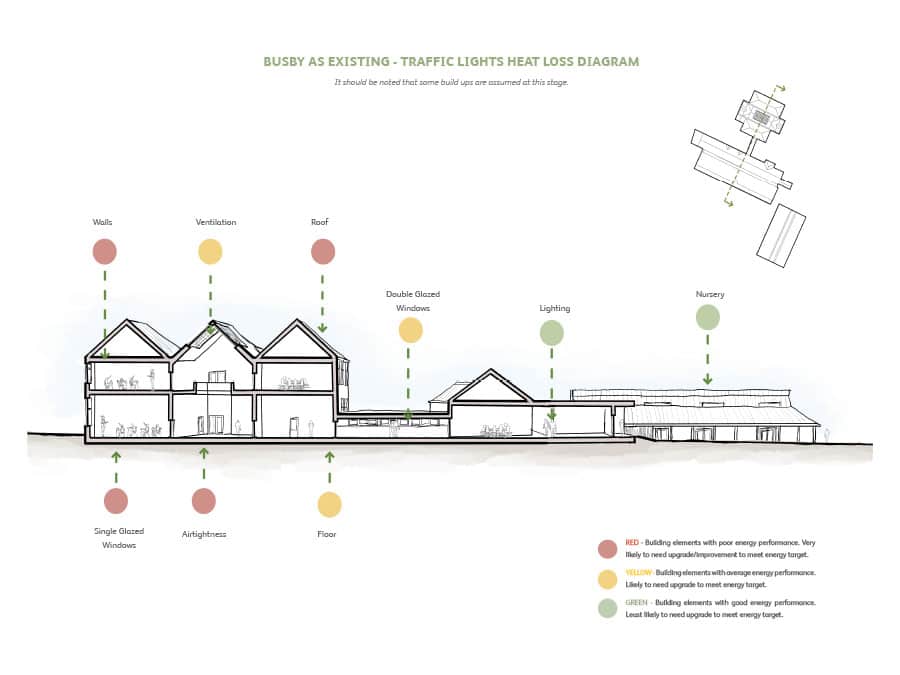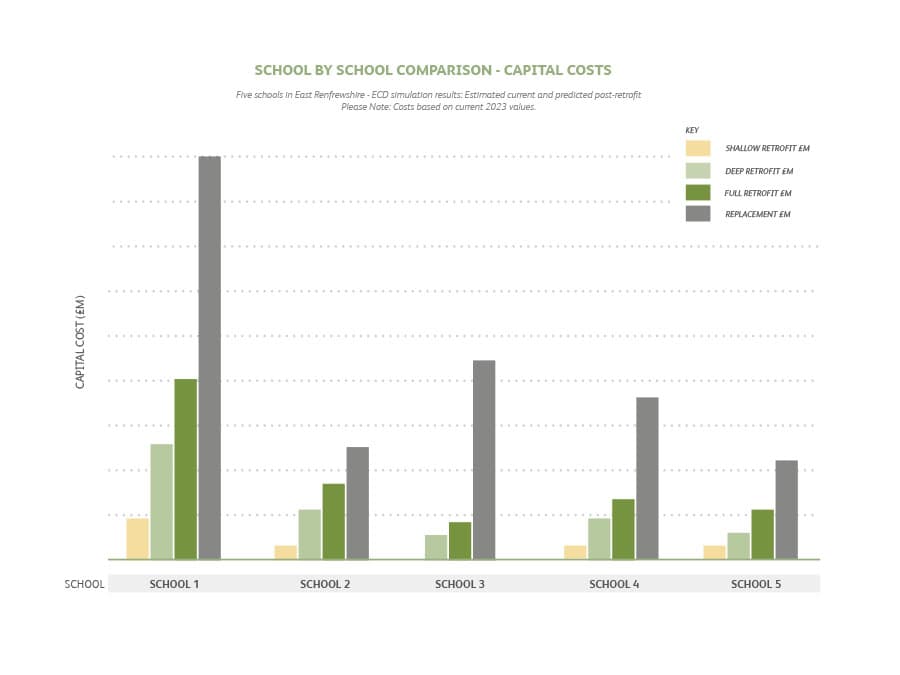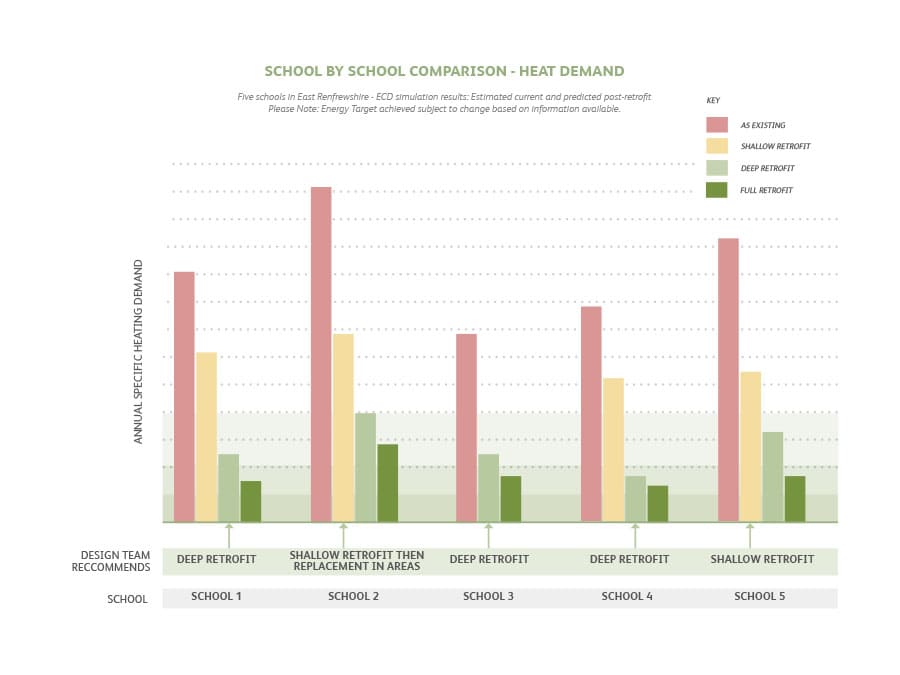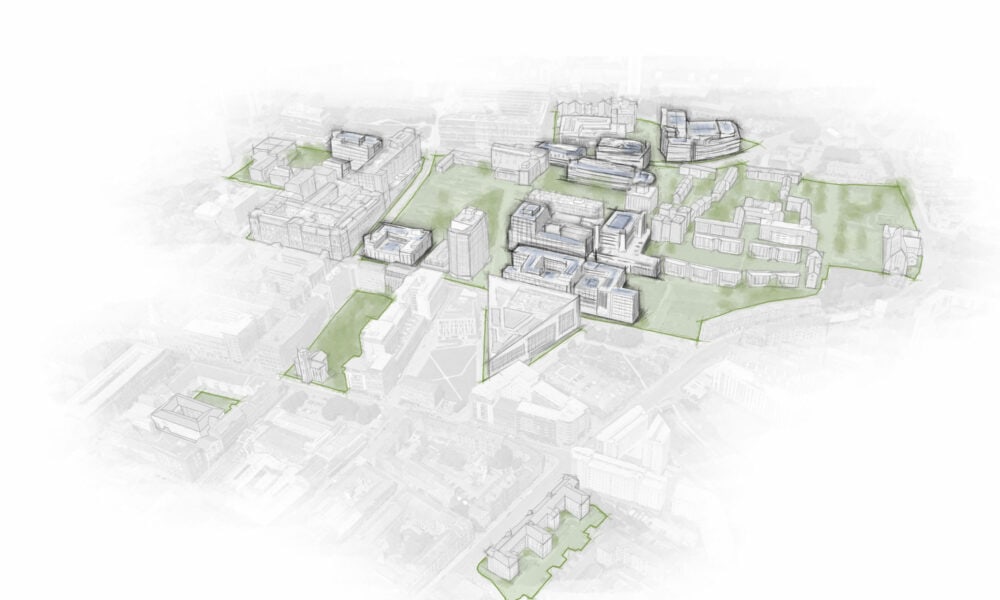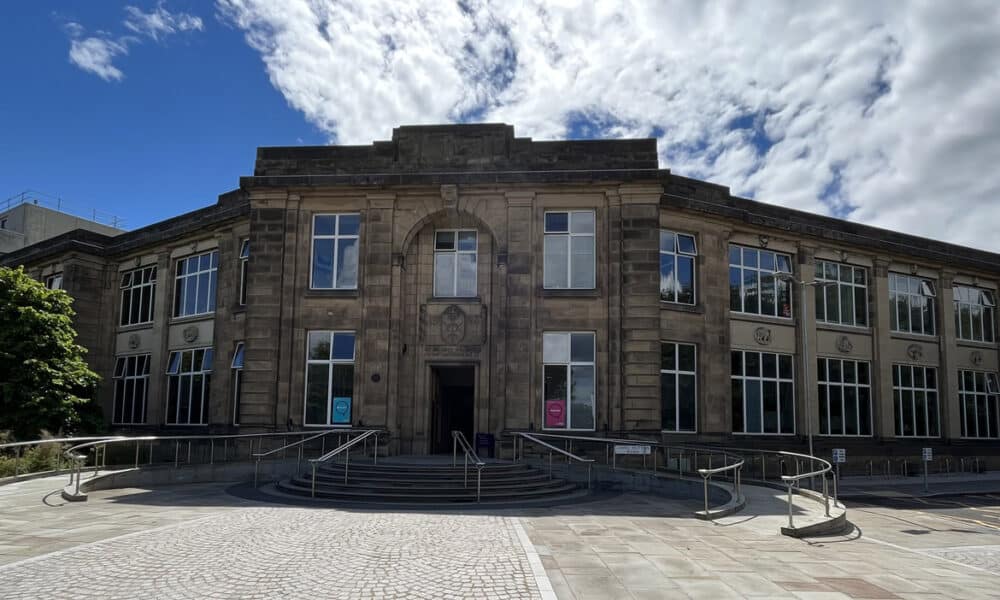East Renfrewshire Education Estates
Retrofit Feasibility Study
A realistic and pragmatic decarbonisation pathway for educational estate buildings.
Location: East Renfrewshire
Client: East Renfrewshire Council
Status: Complete
Specialisation: Decarbonisation Study
A strategic retrofit plan for East Renfrewshire‘s schools was developed to guide the retrofit of its entire education estate in conjunction with the client’s maintenance plan. The study examined five buildings owned by the Council to evaluate their suitability for retrofit. These buildings represent different types of architecture, including but not limited to, a traditional listed building, a 1970’s construction, and a building as new as 2014. The aim was to find the ‘sweet spot’ between maximum heat demand reduction, cost feasibility, impact on existing maintenance plan, intrusiveness and decant considerations.
At the commencement of the project, we undertook a building survey and initial desktop analysis of each archetype before creating a 3D model mapping the existing fabric. This was then translated into a PHPP model to understand the existing fabric efficiency. Following an analysis of the existing PHPP, we created a series of retrofit phases such as shallow, deep, and full retrofit options. These phases of retrofit provided a pragmatic response to the client’s needs as they related to levels of disruption, and to the extent to which each building could be decanted or areas temporarily be taken out of commission.
As a result, we were able to provide a practical, phased approach to the retrofit of the Council building stock utilising their existing stock condition information and planned maintenance budgets to minimise disruption to users and additional cost to the organisations. Outcome energy and carbon emissions reductions for each phase were presented alongside cost information.
Critically for this project we focused on determining what fabric measures were required to enable the efficient use of heat pumps or other renewable technologies without increasing energy bills. Our presentation makes it easier for the Council to plan out the early works, improve ‘big hitter’ items and group together similar tasks across similar architypes and get buy-in from board-level decision-makers.
Project Team:
- East Renfrewshire Council – client
- Hub West Scotland – Project Managers
- ECD Architects – Architectural Team
- RYBKA – M&E
- Doig+Smith – Cost Consultants

